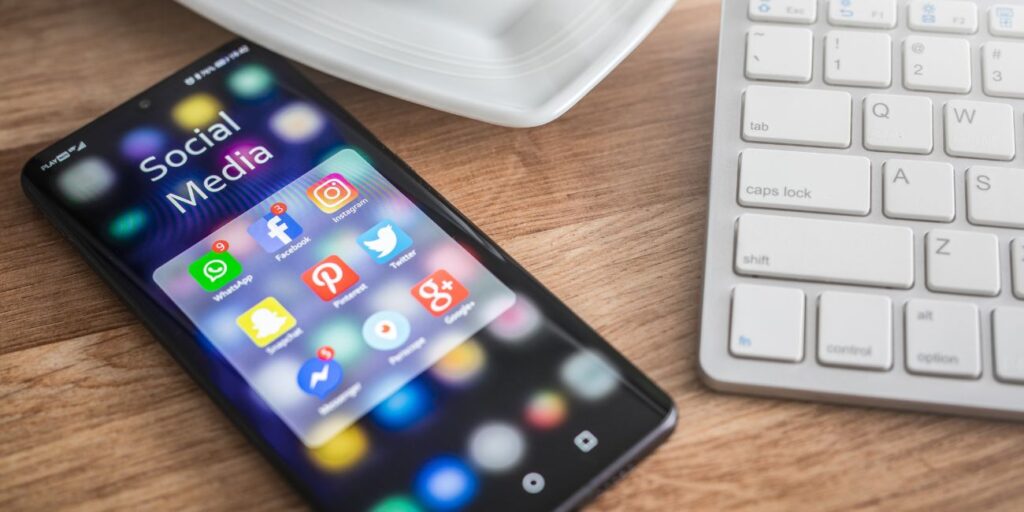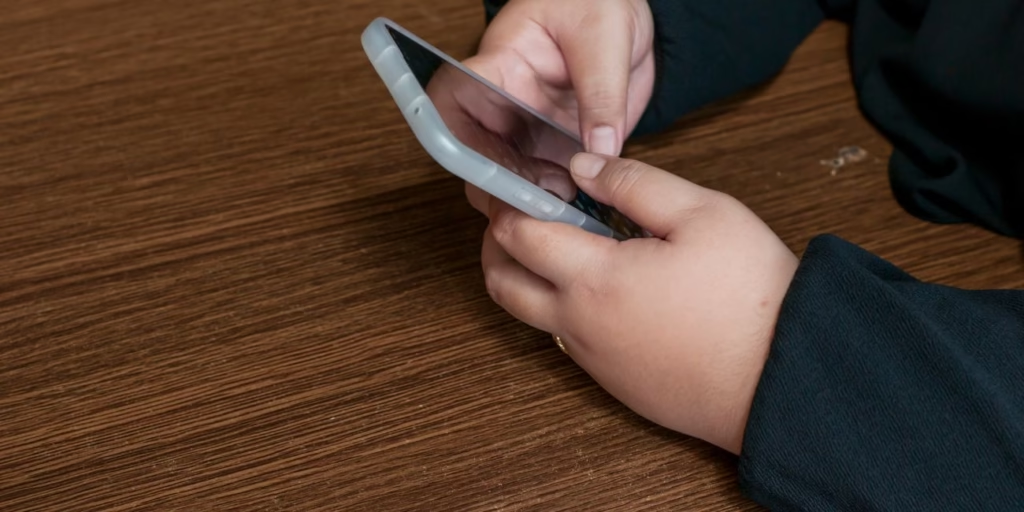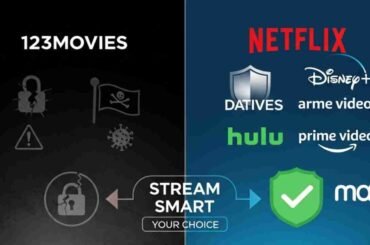The rivalry between iPhone and Android has been going on for more than a decade. Millions of people swear by Apple’s iPhone, while just as many are loyal to Android brands like Samsung, Google, and OnePlus.
This isn’t just a tech debate — it’s a personal choice. Phones are our cameras, wallets, and work tools. So picking the right one matters more than ever.
Price and Value for Money

Apple keeps things simple. Most iPhones cost a premium, and aside from the iPhone SE, there aren’t many budget-friendly options. If you want the latest iPhone 15 Pro or Pro Max, be prepared to spend top dollar.
Android gives you far more flexibility. You can pick up an affordable Motorola or Samsung A-series phone, go mid-range with a Google Pixel, or spend big on a Galaxy Ultra or foldable device. This wide range means there’s an Android for nearly every budget — something Apple doesn’t offer.
That said, resale value tilts back toward Apple. Even though iPhones are expensive, they tend to hold value longer when you trade them in or resell them.
Design and Hardware Quality
Apple has always been praised for its design consistency. Every iPhone looks and feels premium, with polished materials like aluminum, glass, or even titanium on the newest models. When you hold an iPhone, you know it’s built to last.
Android is a mixed bag. Cheaper models may use plastic, while flagships can feel as premium as (or more than) an iPhone. In fact, Android leads innovation in hardware — with foldables like the Galaxy Z Fold, massive camera modules, and faster charging ports. Apple sticks to refinement, while Android brands experiment.
Software and User Experience
The heart of the difference comes down to iOS vs Android.

iOS is clean, simple, and consistent. Whether you’re on an iPhone 8 or iPhone 15, the experience is almost identical. That makes it beginner-friendly and reliable. But the downside? Limited customization. You get Apple’s way of doing things, not your own.
Android is more flexible. It looks and feels different depending on the manufacturer. Samsung’s One UI, Google’s Pixel software, and OnePlus’s OxygenOS all have their own touches. This variety means you can personalize your Android far beyond what iOS allows — but it can also make updates and experiences inconsistent.
App Availability and Ecosystem
Both platforms give you millions of apps. You’ll find Facebook, TikTok, and Spotify on both. But developers often release updates or new apps on iOS first, since Apple users tend to spend more money on apps and subscriptions.
The bigger difference is in the ecosystem:
- iPhone integrates seamlessly with Apple Watch, AirPods, Mac, and iCloud. Start an email on your MacBook, finish it on your iPhone, and pick up a call on your Apple Watch. That’s the magic of Apple’s closed system.
- Android spreads across more devices. You get Google Drive, Gmail, Chromecast, Wear OS smartwatches, and countless third-party accessories. It’s more open and flexible, but not always as smooth as Apple’s one-brand approach.
Customization and Flexibility
This is where Android shines. You can move widgets anywhere, switch launchers, change icons, pick a default browser, and even install custom ROMs if you’re adventurous. No two Android phones need to look the same.
Apple has loosened up in recent years by adding widgets and letting you change lock screens, but it’s still restrictive compared to Android. For people who want a phone that feels personal, Android is the winner. For people who just want something that works out of the box, iPhone takes the lead.
Cameras and Photography
Apple has a reputation for cameras that “just work.” Open the Camera app, snap a photo, and it looks great. iPhones also dominate in video recording with smooth stabilization and cinematic features. That’s why so many creators rely on iPhones for video content.
Android phones are more varied. A mid-range model might be average, but flagships from Samsung and Google can beat iPhones in certain areas. The Pixel series is famous for AI-powered photography and low-light shots, while Samsung’s Galaxy Ultra phones offer incredible zoom capabilities. Apple plays it safe and consistent, while Android gives you more choice and sometimes more innovation.
Battery Life and Charging
Battery life depends on the model, but Android often has the upper hand here. Many Android phones pack massive batteries and feature fast charging that can take you from 0 to 50% in 20 minutes. USB-C has been the standard for years on Android, and many models also support reverse wireless charging for powering up earbuds or even another phone.
iPhones rely on efficiency rather than size. Most models last a full day, but they still charge slower than Android rivals. With the iPhone 15, Apple finally adopted USB-C, closing the gap a little. Still, if charging speed matters to you, Android is the stronger choice.
Security, Privacy, and Updates
Apple has a clear advantage in software support. Most iPhones get five to six years of iOS updates, meaning an older iPhone can stay secure and usable much longer than most Android devices. Privacy is also central to Apple’s brand, with features like app tracking transparency.
Android’s update story is more complicated. Google’s Pixel phones now promise seven years of updates, but other brands vary. Samsung does well with four to five years, while budget models may stop receiving updates much sooner. Security is strong across both platforms, but Apple’s unified control gives it the edge.
Resale Value and Longevity
If you plan to upgrade every couple of years, iPhones hold their value better. A two-year-old iPhone often sells for much more than a similar-age Android flagship. That means you’ll spend more upfront but can recover more when you resell.
Android depreciates faster, though the lower entry price balances this out. For people who prefer buying budget-friendly devices more often, Android can still be cost-effective.
Which Should You Choose?
It depends on what matters most:
- Pick iPhone if you want:
- A simple, consistent user experience
- Long-term updates and security
- Seamless integration with other Apple devices
- Strong resale value
- A simple, consistent user experience
- Pick Android if you want:
- More choices across budgets
- Heavy customization and flexibility
- Advanced hardware like foldables and 100x zoom
- Faster charging and larger battery options
- More choices across budgets
Final Thoughts
The iPhone vs Android debate isn’t about which phone is “better.” It’s about which phone is better for you. If you value simplicity, stability, and a polished ecosystem, iPhone is hard to beat. If you value variety, customization, and leading-edge hardware, Android gives you more options.
In the end, both platforms are powerful and reliable. The smartest choice is the one that fits your lifestyle, your budget, and how you actually use your phone every day.

